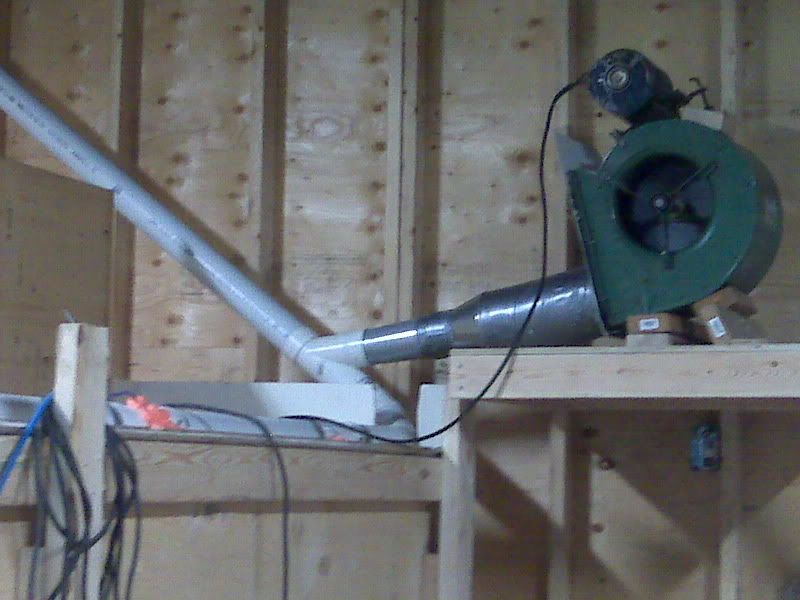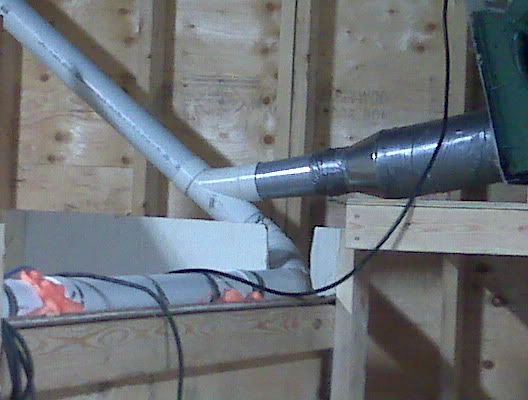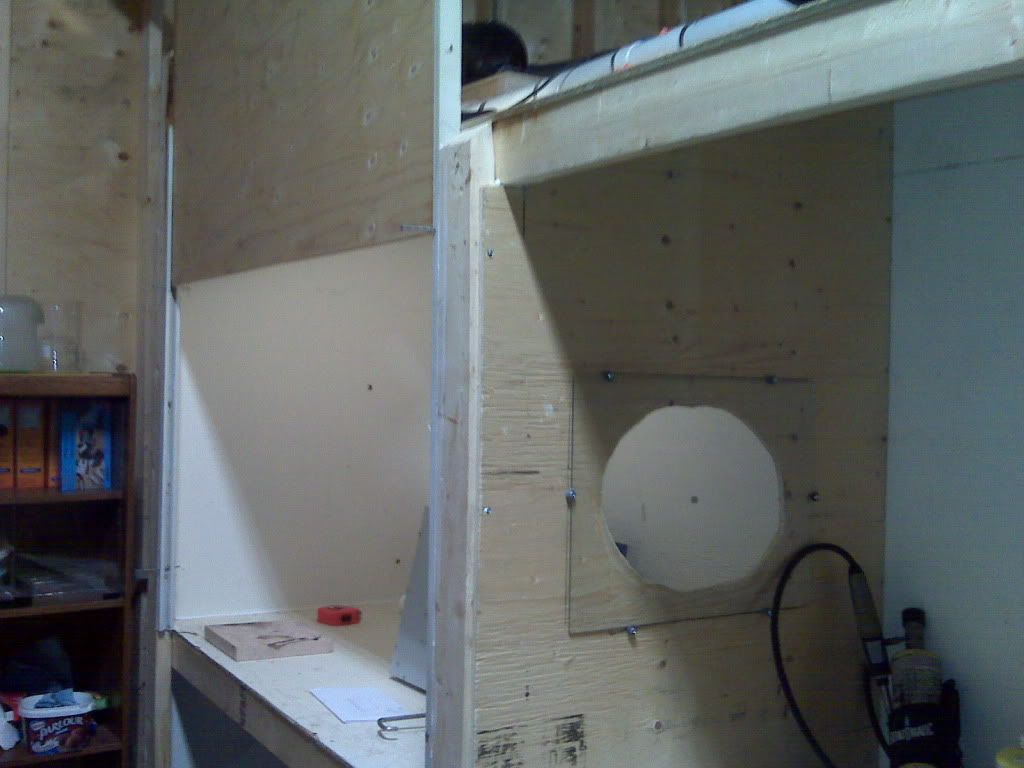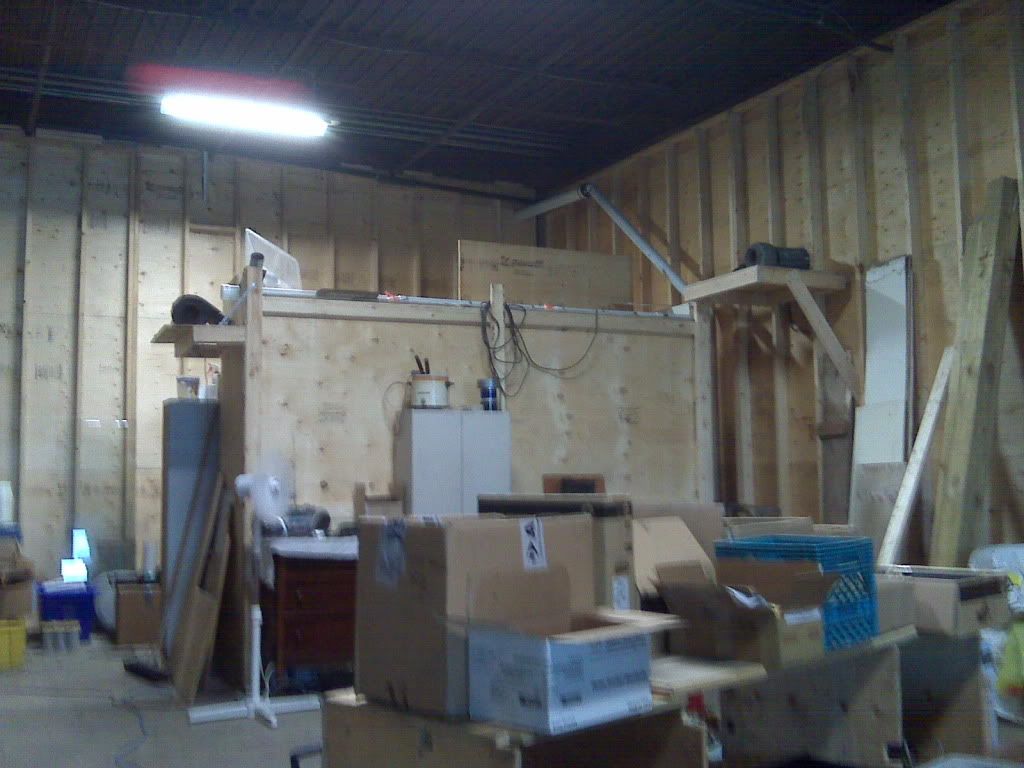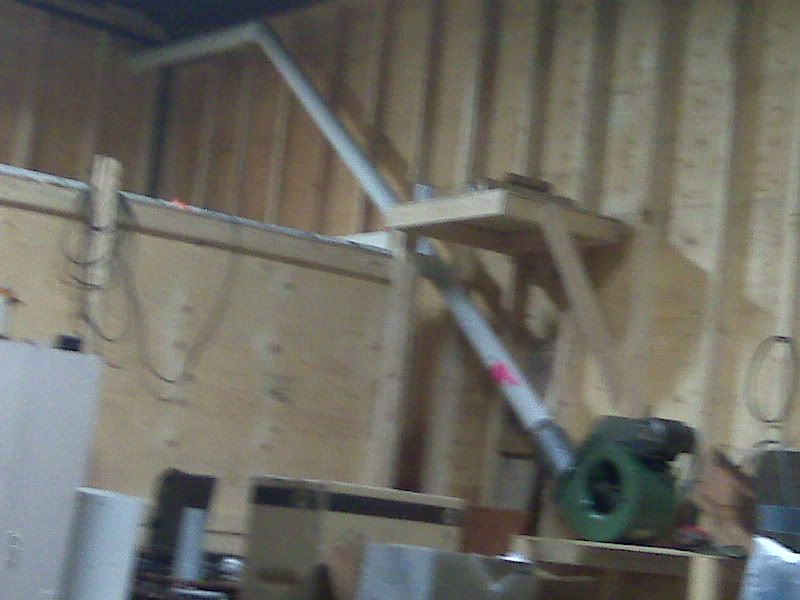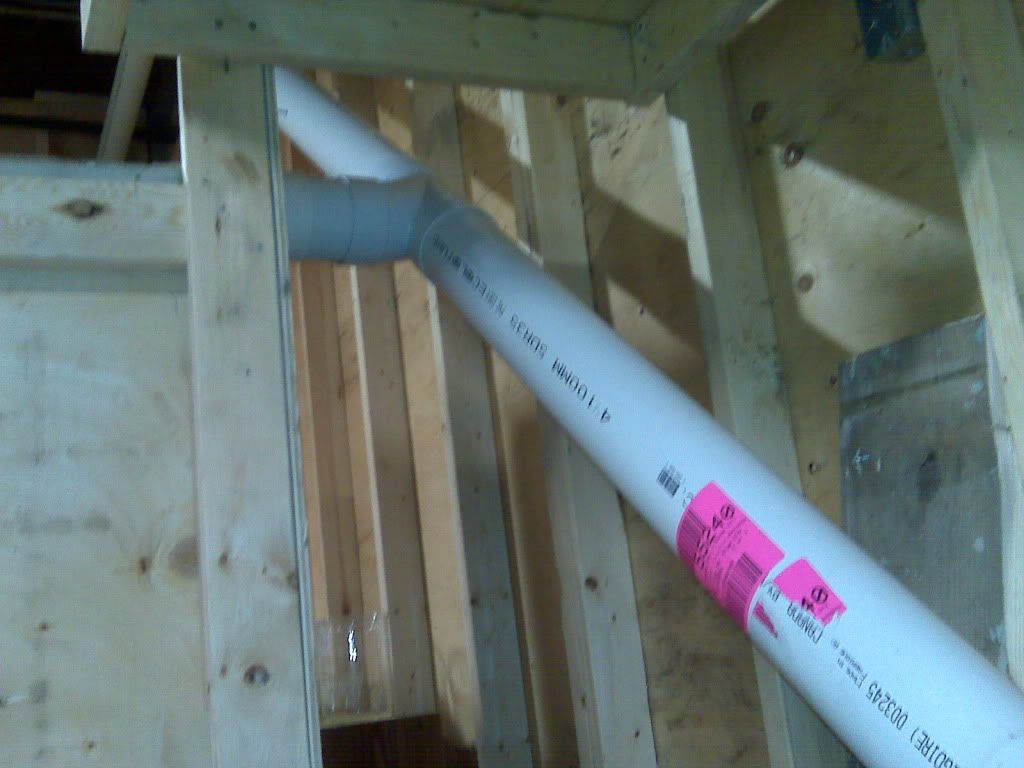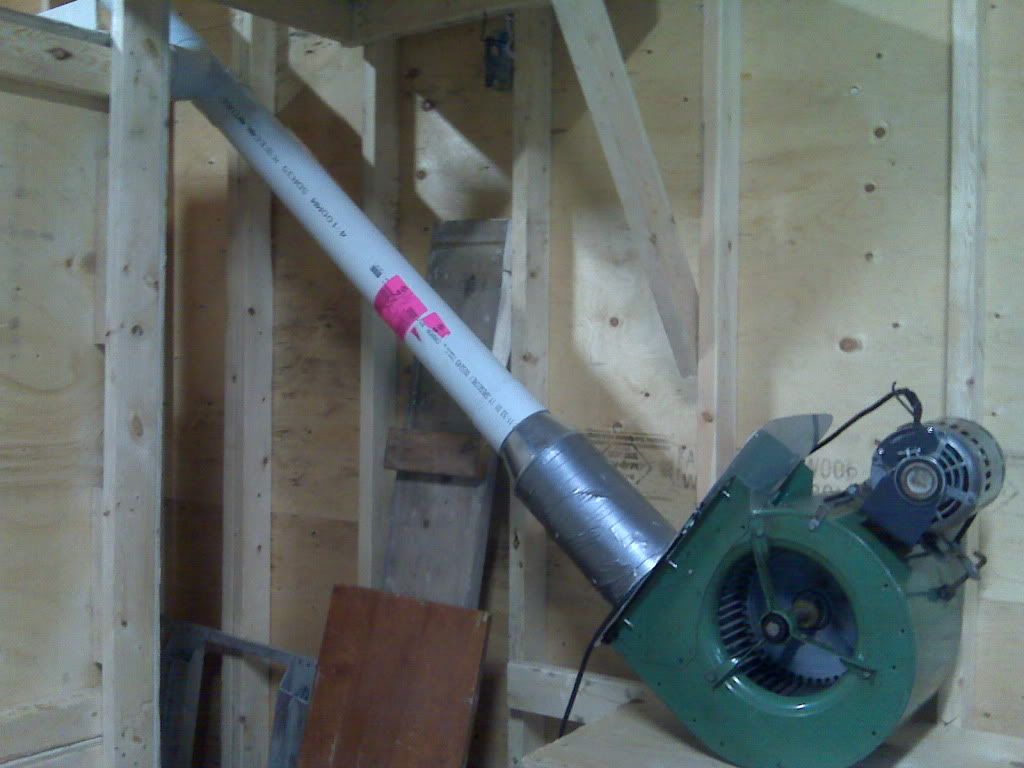I'm planning to build a venturi system also, so I've been following these posts whenever I see them.
The first suggestion someone posted on this was to have the "downpipe" (from the hood going up to the exhaust), smaller than the exhaust duct, to product more air pressure and prevent the flow from starting off going into the hood, thus producing some suction out of the hood, which would continue in that direction once started. This sounds logical.
Next, came the suggestion of the exhaust duct narrowing down at the "T" to the hood, accompanied by a drawing. The drawing had the same size small pipe from the hood going into the "T." This narrow section of the exhaust ducting would increase the speed of the air through the "T," and seems like it would produce more suction effect.
I had a hard time getting my mind around the "blower on the wrong side" part, which someone mentioned, but now I see that since the blown air passes over each "T," it puts them all in series, with the same air speed over each one. Whereas having all the hood pipes joining, before getting to the venturi "T," places the hood pipes all in parallel, and will divide the air speed by the number of hood pipes.
As a knee-jerk reaction, I like the design pictured in the book best. Because it just looks like it would draw more. But looks don't necessarily count, I guess.
One interesting thing I know---my brother made a suction pump with a water hose, just coming out of a faucet, and pumped the air out of his car air conditioner with it. It was a venturi set-up, and simply used a "T" connector. If I remember correctly, the air line was, in fact, smaller than the water line, at the "T" connector.
I was planning on seeing if I could get a "Y" PVC connector, with the angled branch for the hood ducting, smaller than the straight branch. And if that didn't pan out, I was thinking of using a 90 degree fitting, and drilling a hold at the elbow, so a smaller pipe from the blower would insert and go a few inches up the exhaust end for a suction design similar to the book picture.
I hope this discussion continues, because it would be helpful to many, if less expensive blowers can be used because the fumes wouldn't go through them.
I'm not ready to start my project yet, or I would post some vacuum readings from the different configurations.
Thanks to you guys for posting what you have so far!
